5 Effective Winback Campaign Ideas and How to Get Started
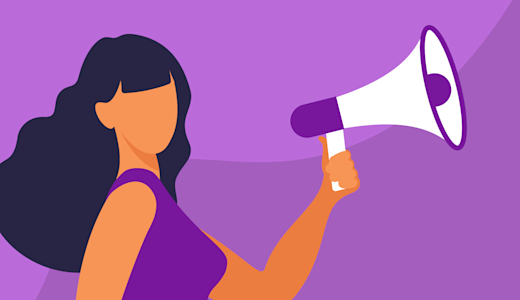
Losing customers is painful. Here’s how to win them back.
It’s a fact: customers churn. But just because they’ve gone doesn’t mean they’re gone forever. Winback campaigns are a low-cost and effective way to re-engage lost customers, accelerate growth and increase revenue.
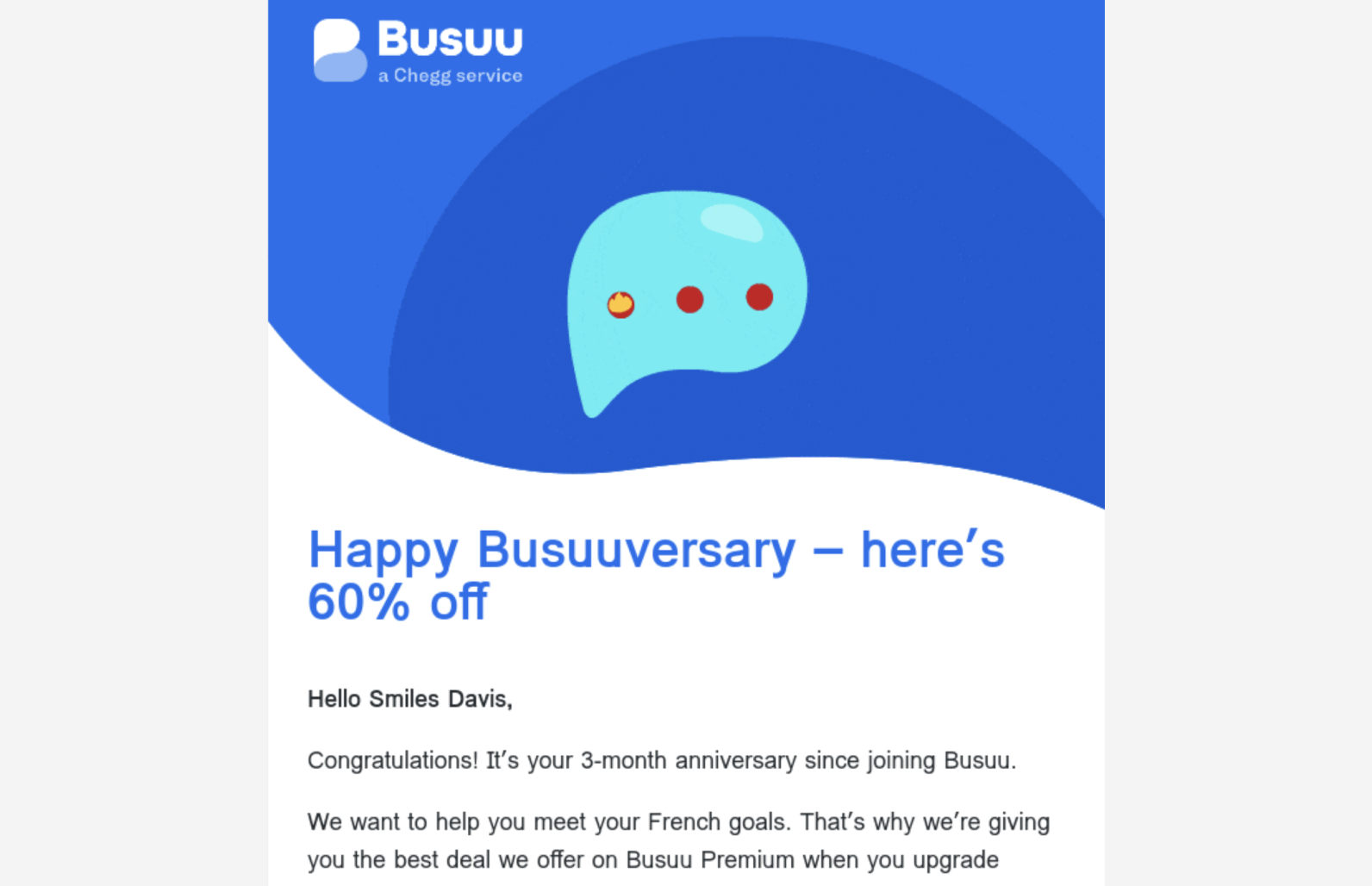
This post covers the basics of customer winback campaigns, how to identify and segment your target customers, the ins and outs of designing an effective re-engagement sequence, and 5 strategies to win back lost customers. But first…
What is a winback campaign?
A winback campaign (also called a re-engagement or reactivation campaign) is a sequence of targeted messages that aims to win back customers a business has lost. Lost customers can include those who have canceled a subscription, who didn’t convert during a free trial, or who haven’t purchased from an ecommerce store in a while.
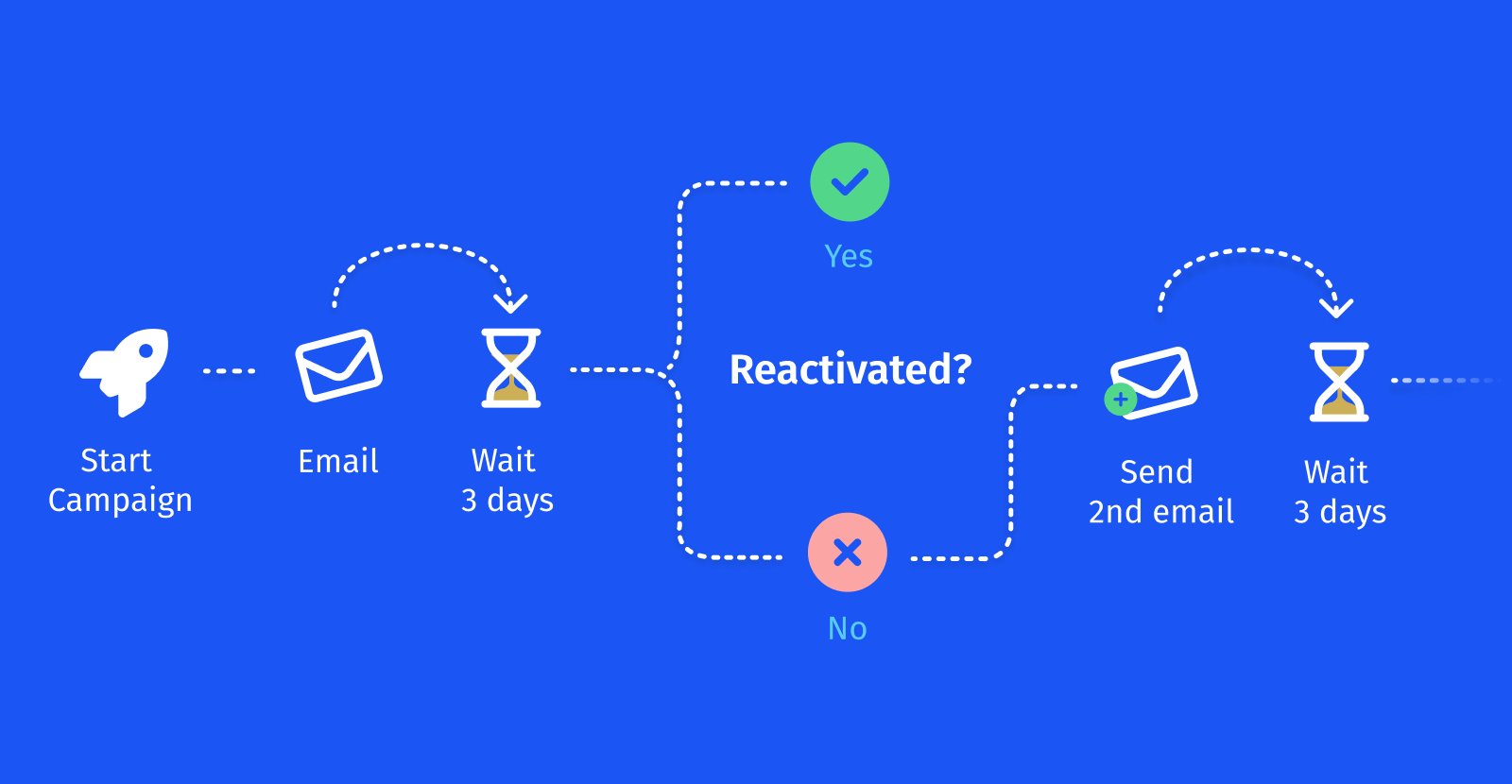
Winback campaigns typically include 3-5 messages, which greatly increases the odds of success. Customers get a lot of marketing messages—they don’t read them all, or they may forget. By engaging them a few times, you’re much more likely to catch them at the right moment to take action.
Email is the most common means for a win-back campaign because it can be automated and personalized at low cost. Businesses also regularly utilize SMS/text, push notifications, paid social media and even postcards—yes, postcards. Combining a mix of channels can prove highly effective.
Why use winback campaigns?
As many as 30% of customers who cancel may come back later, according to data from Paddle/Profitwell. Winback marketing taps into this potential revenue source.
The fact is, you won't find a more targeted list of prospects than your lapsed customers. Because they’ve purchased from you in the past, they’re far more likely to be a good fit today than other prospects from your acquisition channels.
While some customers may have left due to a negative experience with your business, there are many other reasons customers go. Circumstances change, and a reminder or discount might be all that’s needed to re-engage and win back your lost customers.
From an ROI perspective, the cost to reacquire dormant customers is typically greater than retention efforts but considerably less than acquiring new customers. An effective winback campaign can increase revenue and customer lifetime value (LTV).
Your subscription cancel flow is your final chance to save customers who’ve decided to leave but haven’t just yet. Utilizing deflections and persuasive offers, cancellation flows alone can reduce churn by 10-39%.
Getting started with winbacks
When getting started, you’ll probably have a lot of questions:
Which customers should you target with your winback campaign?
What should your primary message be?
How many messages should you send?
When should you send them?
Should you offer a discount, and how much?
Of course there’s no simple answer to these questions. What will work for your business depends a lot on your product and industry, and also the reasons that your customers typically disengage. The fact is, a successful winback strategy needs to be both personalized and delivered at the right time.
The remainder of this post will guide you through a four-step process to answer these questions for your unique needs and create an effective winback campaign:
Identify target customers — Discover the right candidates for your winback campaign.
Segment your audience — Subdivide your list to personalize, customize and optimize your messaging.
Design your winback sequences — Inspiration for your winback marketing.
Test and optimize — How to refine your campaigns for maximum results.
Let’s get started.
Because winback campaigns typically involve sending multiple personalized messages over a period of time, they are typically automated via a marketing platform like Klaviyo.
However, when you’re just getting started with re-engagement efforts, it’s often better to keep it simple. Sending messages manually allows you to test your ideas on a small subset of customers, then iterate and improve. When your campaign is dialed-in, it’s time to automate it.
Identify target customers
The first step in launching a winback campaign is determining which customers to target.
You might be tempted to send to your entire list of disengaged customers, but being too aggressive can do more harm than good. For one, customers who’ve had a negative experience or have been dormant for too long are more likely to report your messages as spam and harm your email reputation.
It’s better to cull your list to better prospects. Consider the following:
Why did the customer leave? This is perhaps the most important question for identifying target customers and segmenting your lists (more on that below).
How valuable is the customer? Check CLV, MRR, subscription length, and/or average purchase amount.
Was their experience positive or negative? You can get an idea from customer support tickets, NPS or a “likelihood to return” question in your churn survey.
How long have they been gone? Is it too soon, or too late, to win them back?
How engaged was the customer? Do they still open marketing messages? Did they participate in a loyalty or referral program? Did they praise or curse you on social media?

Other factors will depend a lot on your business.
For ecommerce stores, you may have good data on how frequently people tend to reorder, e.g. a 30-day supply of a particular supplement. You can target people who haven’t reordered in that window.
For subscription SaaS, don’t forget about expired free trials and users on a free plan that you can upsell.
With box subscriptions and digital media, customers sometimes come and go based on circumstances or just for variety. Check the analytics in your subscription billing platform to determine the typical timeframe between cancellation and resubscription.
You may not have good answers for all these questions. One thing that can help is doing an in-depth churn analysis.
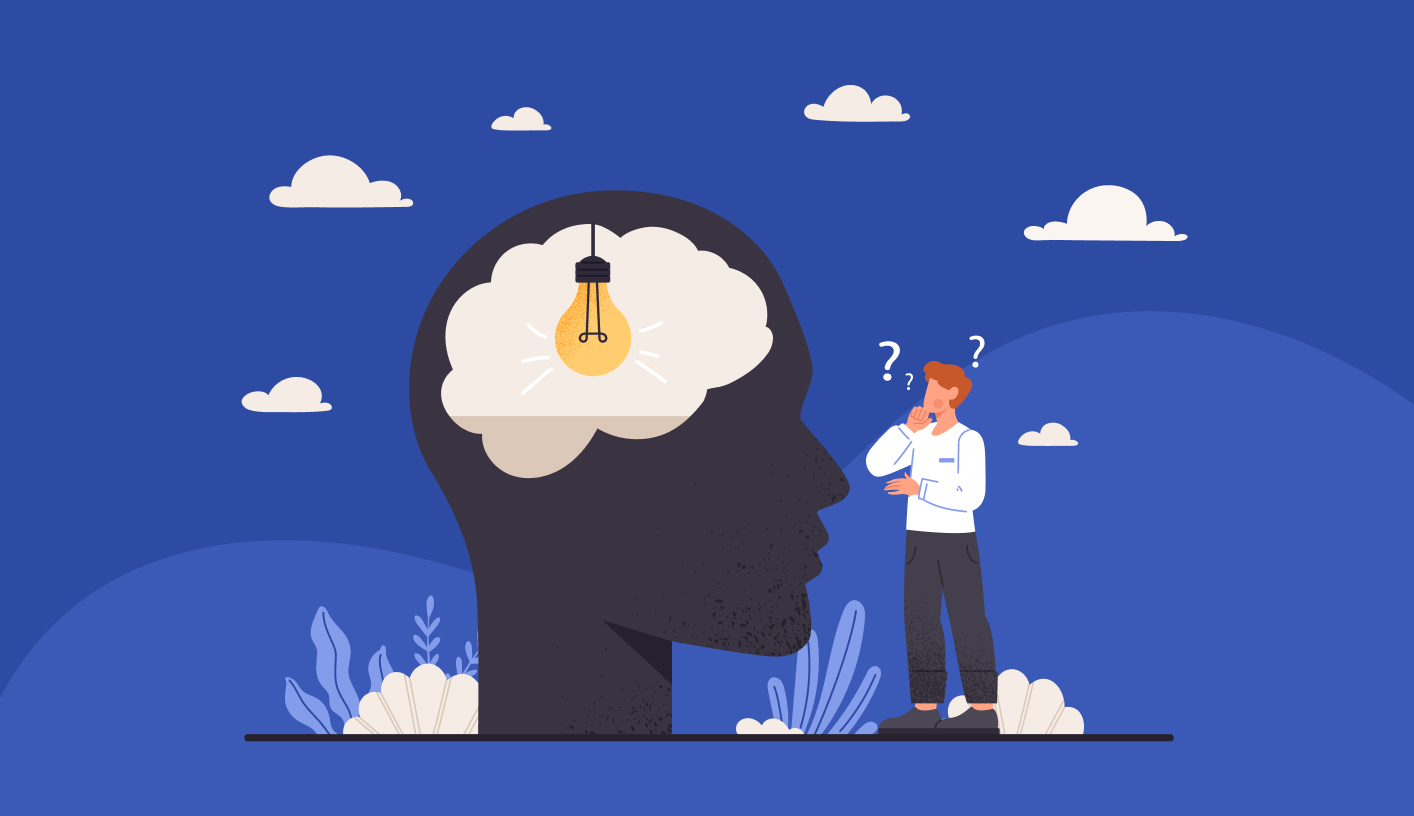
Segment your audience
To maximize the success of your winback efforts, you need to get personal. At the very minimum, include the recipient’s name. But more than that, personalization is about relevance.
Sending a generic message likely won’t resonate, and thus won’t perform well. By segmenting your target customers based on shared characteristics and tailoring your campaigns to those needs, you’ll get more opens and clicks, and fewer unsubscribes and spam reports.
When segmenting you’ll consider factors similar to those you used to identify your target customers in the first place. You can group your customers by:
Reason for leaving
Customer value
Engagement level
Likelihood to return
Gather data from your CRM/CDP, ecommerce or subscription billing platform, analytics, etc. This will help you identify your most valuable customers, and the right tactic to re-engage them.
Another rich source of data is your cancellation survey. Hopefully you’re asking why customers leave and their likelihood to return. Use this information to tailor both messaging and incentives. For example, if a customer left because of missing features, you’ll probably want to highlight product improvements in your winback campaign.
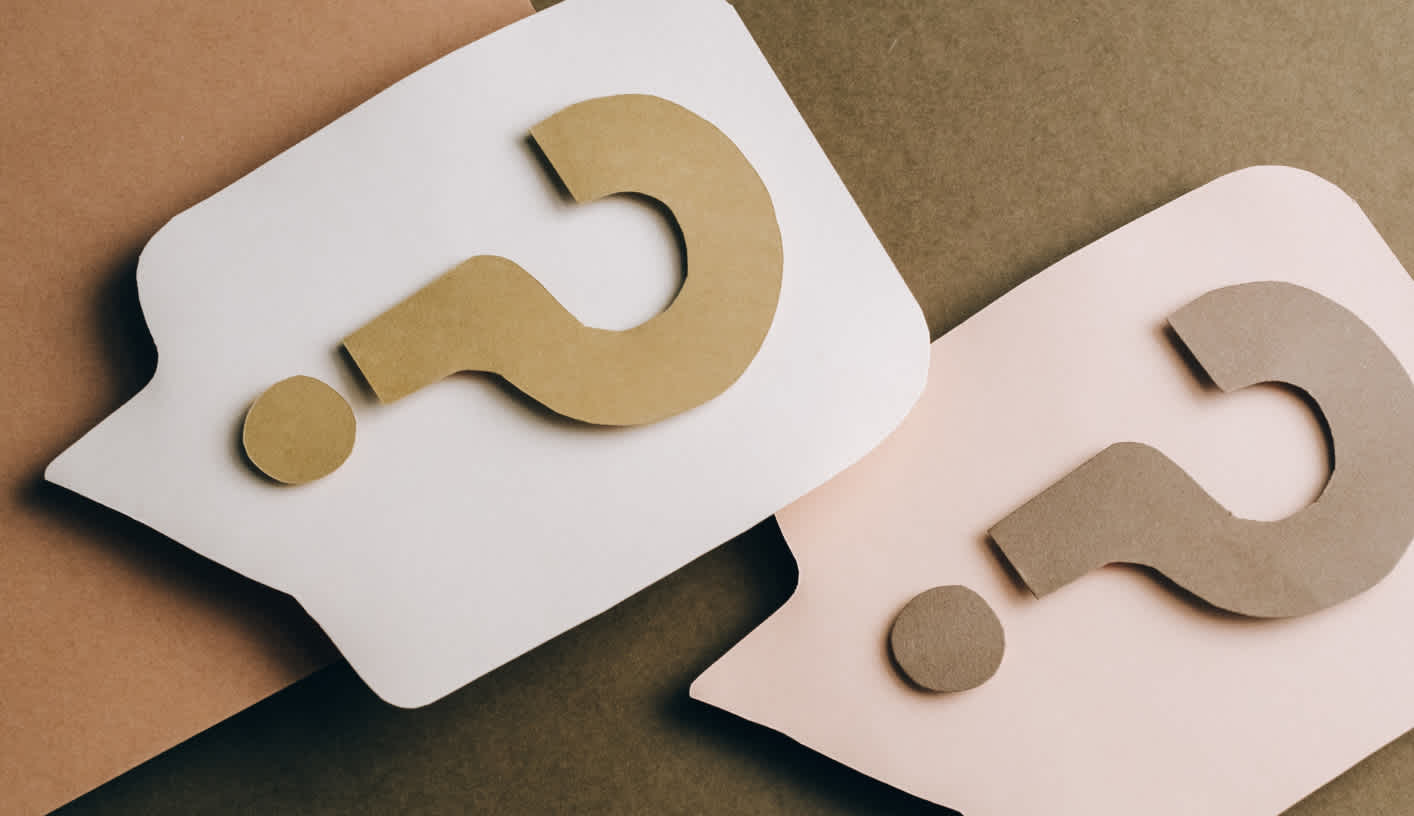
When is the right time to trigger a winback sequence?
Timing can be everything when trying to win back lost customers. The moment you choose to reach out will vary depending on a variety of factors, including why the customer canceled.
Let’s consider some common “exit reasons” and how they can guide your winback timing:
Too expensive - Customers who cancel due to price sensitivity should be immediately retargeted. Assuming they are otherwise happy with your service, a juicy discount can win them back.
Missing features - In this case, patience is required. You should postpone your messaging until your product fills specific feature gaps and then make an effort to win these customers back.
Temporary - All you need to do is keep your brand in these customers’ minds through quality content, starting immediately.
Left for a competitor - By the time someone leaves for another competitor, it’s usually too late to do anything about it. Give them 3-6 months before checking in to find out if they are satisfied with their new direction. As they say, the grass isn’t always greener on the other side!
No longer needed - This isn’t necessarily negative feedback. It could mean their needs changed or that your customer accomplished what they were trying to do with your product and are leaving satisfied. But the need may arise again. Keep sending your former customers quality content to stay in their minds.
Birthdays and anniversaries (including account creation) can be effective triggers as well. Acknowledge the moment and congratulate the customer.
Design your winback sequences
Winback campaigns come in many shapes and sizes, but ideally you want to send as few messages as possible to achieve your objective. If you can re-engage customers without offering a discount or freebie, that’s a plus.
A straightforward winback sequence might comprise three messages: a nudge or reminder, followed by a tantalizing incentive, and then a “last chance” email. (This example is an email sequence, but the ideas can be adapted to SMS/text winbacks, push notifications, etc.)
Tip: Keep it simple. Your winback campaign isn’t a newsletter. Use a short and catchy subject line, a simple message, and a strong CTA.
The nudge email
Let your customers know you’re still here. Sometimes a nudge is all it takes. Showing up again in your customer’s inbox can remind them of your value and encourage them to give your product another try.
“We miss you” is a common theme in this type of email, but you can do better. Focus on relevance and value. This is about how the consumer benefits, not cheesy sentiment from your business.
Ideas:
Highlight changes and improvements, e.g. product upgrades in SaaS or new recipes for a meal delivery kit
Remind users of previous positive interactions, e.g. a streaming service can highlight a user’s favorite shows
Cross-promote products and services that may fit your customer’s likes and interests
Tip: Show don't tell. Include testimonials, customer success stories or social proof.
The incentive email
Your second message, sent a few days or 1-2 weeks later, should offer the recipient a tantalizing incentive to return. Discounts of 10-15% are common. For you high-value customers, consider going bigger. Other options to consider: free shipping, bonus points, a trial extension or upgrade, a free gift or other “exclusive offer.” Do make it hard to pass up!
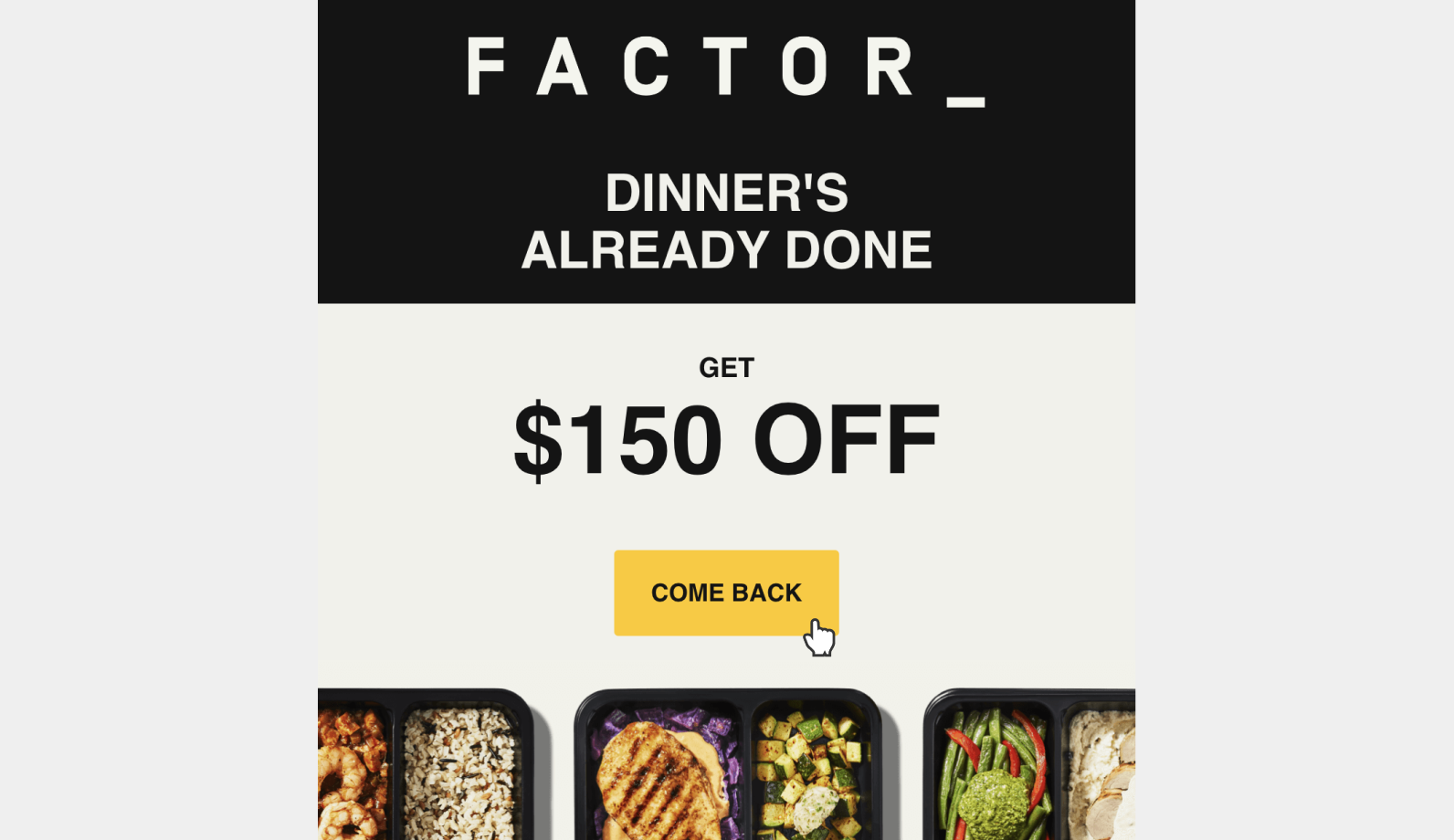
Tip: Leverage emotions. Whether nostalgia, desire, urgency, or “FOMO,” emotions motivate and drive behavior. Create urgency or exclusivity with a limited time offer or limited supply.
The last chance email
Your first two messages may have been lost in the shuffle or just forgotten. A few days after sending the incentive email, remind the customer of your great offer.
Tip: Don’t overdo it. Know when to stop. You don’t want to be the business that can’t take a hint. Use a maximum of 3-5 emails in your winback sequence. In the final email, offer your best incentive and mention that you won’t reach out again. (At least for now.) And if the customer does come back, remember to remove them from the winback sequence!
Other common messages
The three-email winback sequence described above is a great starting place. Below are some other common message types:
Feedback – Ask a question, e.g. why they left. You’ll collect useful feed to improve your product/service—and the reminder of your product may actually win back a few customers.
Opt-out – Prompt customers to actively remain subscribed by clicking or replying. This is a good way to clean up your list and only target those customers who have a real interest.
“We fixed it” campaign – Remember how Domino’s Pizza reinvented itself in the 2010s? If your business has failed in the past, own up to it, fix the problem and spread the word.
Cross-promotion – While this isn’t strictly a winback campaign, it does utilize your list of dormant customers. Instead of asking them to come back, partner with another company selling a product of similar interest and cross-promote.
Test and optimize
Nothing is perfect at the start, and winback campaigns are no exception. That’s why testing is so important.
Start with a small subset of your list, launch your campaign and track results (opens, clicks, conversions). Look for areas that could be improved, brainstorm changes, and try again to see how your new results compare.
What to test:
Subject line and content variations
Incentives (e.g. discount amount, duration or type)
Discount wording (in some cases “save X dollars” may be twice as effective as the same discount presented as “X% off”)
Timing – triggers and intervals
With trial and error, your winback campaign will only improve.
5 effective winback campaign strategies
1. Remind customers of rewards and benefits
Do you offer loyalty rewards or other benefits? Remind customers of reward balances they can still claim or that are expiring soon.
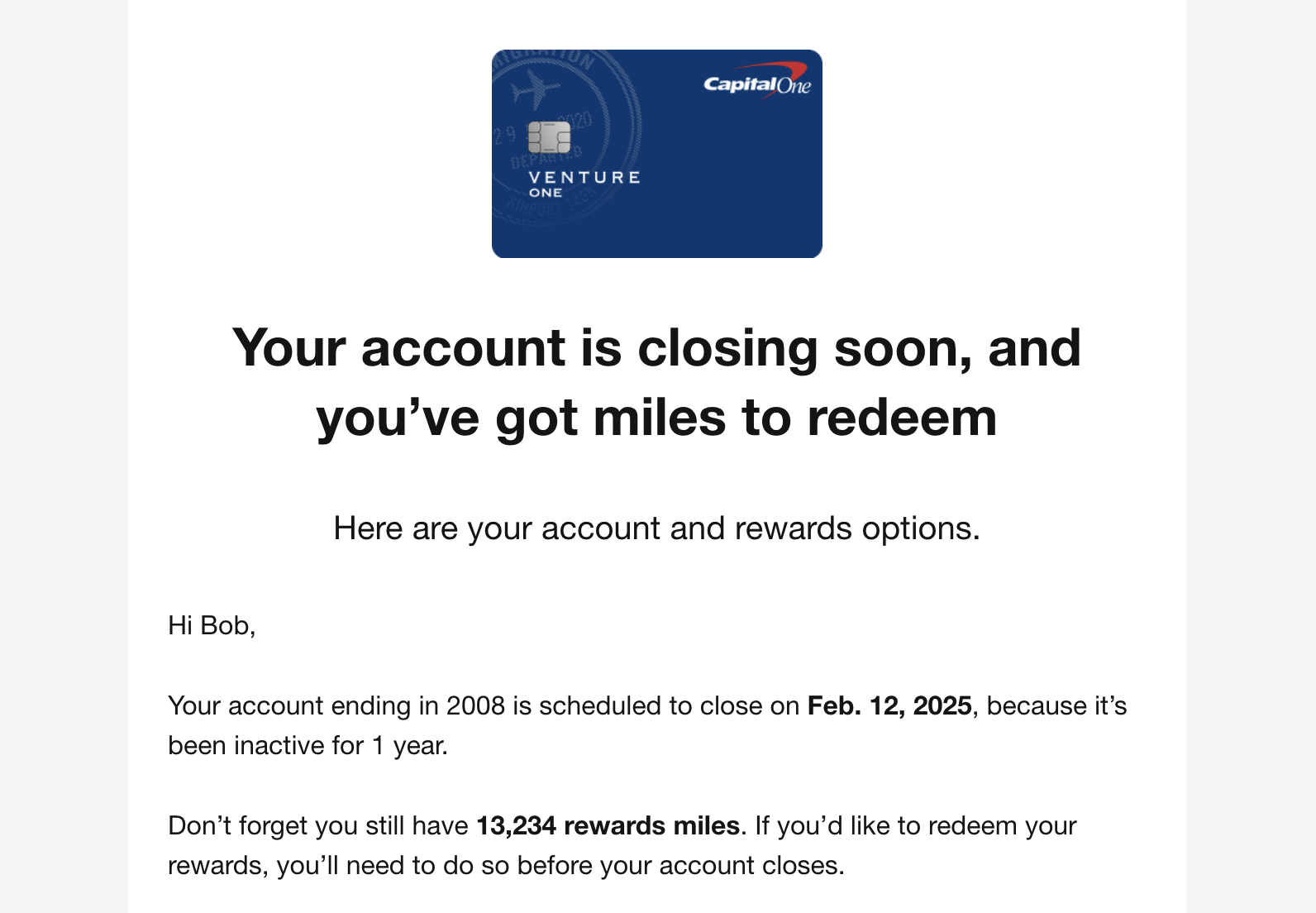
For example, Capital One messages cardholders about accounts that are scheduled to be closed due to inactivity, and highlights unused rewards points. This little nudge can get recipients using their card again.
2. Address price sensitivity
It’s no secret that financial incentives speed up conversions. If a customer indicates price was an issue, hit them up soon after they leave with a coupon or other incentive. While there are some cons to discounts (e.g. lower margins), keep in mind that any revenue reduction due to a discount is likely much less than the cost to acquire a new customer.
Another approach is to create a winback campaign that reminds customers of your value and invites them back at a lower pricing tier or free option (if you offer one). Once they’re back, you can upsell as you add new features.
3. Share product updates
You don’t always need to focus on price. If you know you’ve lost customers because your product was missing a feature, adding that feature provides a natural opportunity to reconnect. This shows that you listen to customer feedback and are committed to offering more value.
Using your exit survey data to target customers who left for feature-related reasons and timing the campaign with the release of a new feature is a great winback strategy. Another way to approach this is to offer lost customers the chance to beta test a feature they asked for. It could be the push they need to give you another chance.
4. Reinforce your value
Depending on the nature of your digital product, customers may need help understanding your value proposition. Dropping into their inbox with an overview of how others get value from your product can be effective—especially if your value proposition is even stronger than when the customer last used your product.
5. Acknowledge your competition
This campaign style requires some patience because you don’t want to reach out too soon when customers leave for the competition. Instead, wait 3-6 months. Then, check in to see if they’re satisfied, remind them of your value, highlight any improvements you made and offer a discount for coming back.
Get started today
At ProsperStack we help high-volume subscription-based brands improve the customer offboarding experience, providing the tools to create targeted incentives and collect meaningful exit survey data to power winback campaigns and more.
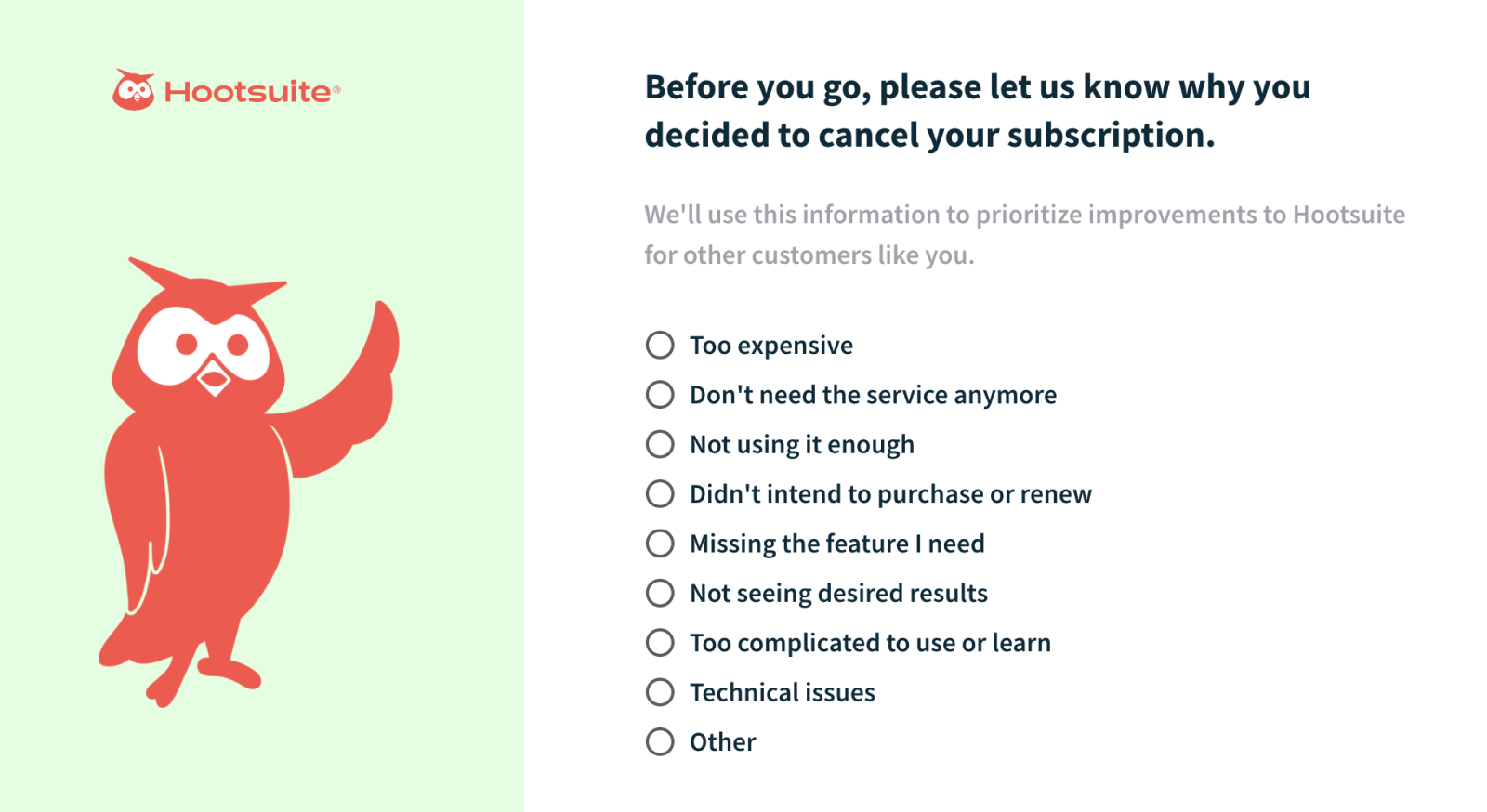
Trusted by companies like Nutrafol, Hootsuite and Roll20, ProsperStack Retain is churn-busting cancellation flow software with robust reporting, A/B testing and AI offer optimization. And because we integrate with your subscription billing platform, you can be up and running with just a few lines of code.
Setup is simple:
Connect your subscription platform — Connect Stripe, Chargebee, Recurly, Paddle and more to fully automate subscription cancellation, pauses, trial extensions, coupons and more.
Embed into your site — Seamlessly integrate your new cancellation flow directly into your product with minimal development. Start with our cancellation template based on best practices and customize to your needs by mixing and matching reusable components.
Learn from churn — Collect actionable data from customers who cancel. Make changes at any time with just a few clicks.
Reduce churn with alternatives to cancellation — Automatically present coupons and other incentives to retain customers based on their answers and segments. Optimize with powerful A/B testing, AI Autopilot, customer segmentation and robust reporting.
Analyze and win back — Use the insights you've gathered to improve your product and re-engage churned customers.
Upgrade your cancel button today and start retaining more of your most valuable customers.



